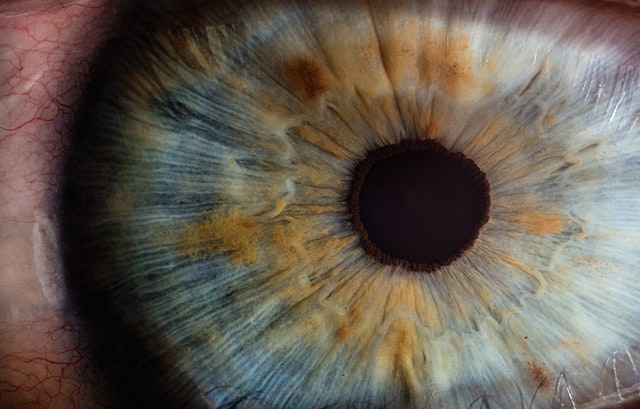LASIK is a type of eye surgery that uses a laser to change the shape of the cornea. The cornea is the transparent outer layer at the front of the eye. LASIK is an acronym for laser keratosis. Can LASIK surgery correct my farsightedness?
When is it used?
LASIK works best if you need vision correction because you have myopia, farsightedness or astigmatism. The transformation of the cornea changes the way light rays reach the eye. It changes the way the eye focuses. If you only need reading glasses, LASIK may not be right for you.
How to know if you are far-sighted and what it really means
The easiest way to check if you are far-sighted is to check your prescription for glasses or contacts. What you are looking for is “+” or “-” before prescription. The number doesn’t matter. If what you see is a plus sign, you are probably far-sighted.
How is farsightedness treated?
Like myopia, astigmatism, and similarly common vision problems, farsightedness is often corrected by glasses or contact lenses. However, this does not correct the condition itself and many patients face additional problems when they rely on corrective lenses.
Farsightedness is usually caused by the focus of light behind the retina of the eye, not directly on it. This imprecise focusing of the light causes a blurred image at some focal points, namely objects close to the eye. By changing the shape of the outer layer of the cornea of the eye, LASIK is able to compensate for this natural divergence, thanks to which the image is uniformly clearer.

Farsightedness vs. presbyopia
Basically, when optometry refers to far-sightedness or hyperopia, the above-mentioned problem is said: the inability of the eye to properly focus the light on the retina. Therefore, most cases of farsightedness can be corrected with LASIK. However, a similar vision problem, presbyopia, also means that the eye is unable to focus on close-ups. With presbyopia, the eye lens becomes less flexible over time, making it difficult to focus on such objects.
Treatment of farsightedness with LASIK
People suffering from farsightedness probably have abnormally short eyes, which causes the light to extend beyond the retina. Although LASIK surgery cannot change the size or shape of the eye, it can return to the contours along the cornea. This helps to refract light in a more favorable way when it first enters the eye by focusing properly towards the retina.
I am hyperopia (far-sighted). What are my chances?
However, the chances of being a candidate for hyperopia are still much lower than for myopia. This is due to the fact that the method of determining the prescription has become unimaginably more precise, but is based on the same sculpting principle as always. We can still smooth the hillside. As hyperoptic prescriptions become higher (usually around +2.00 or more), the amount of carving on the periphery becomes problematic. The peak – the center of the cornea – remains intact, but the steeper the hill, the smaller the peak becomes.














